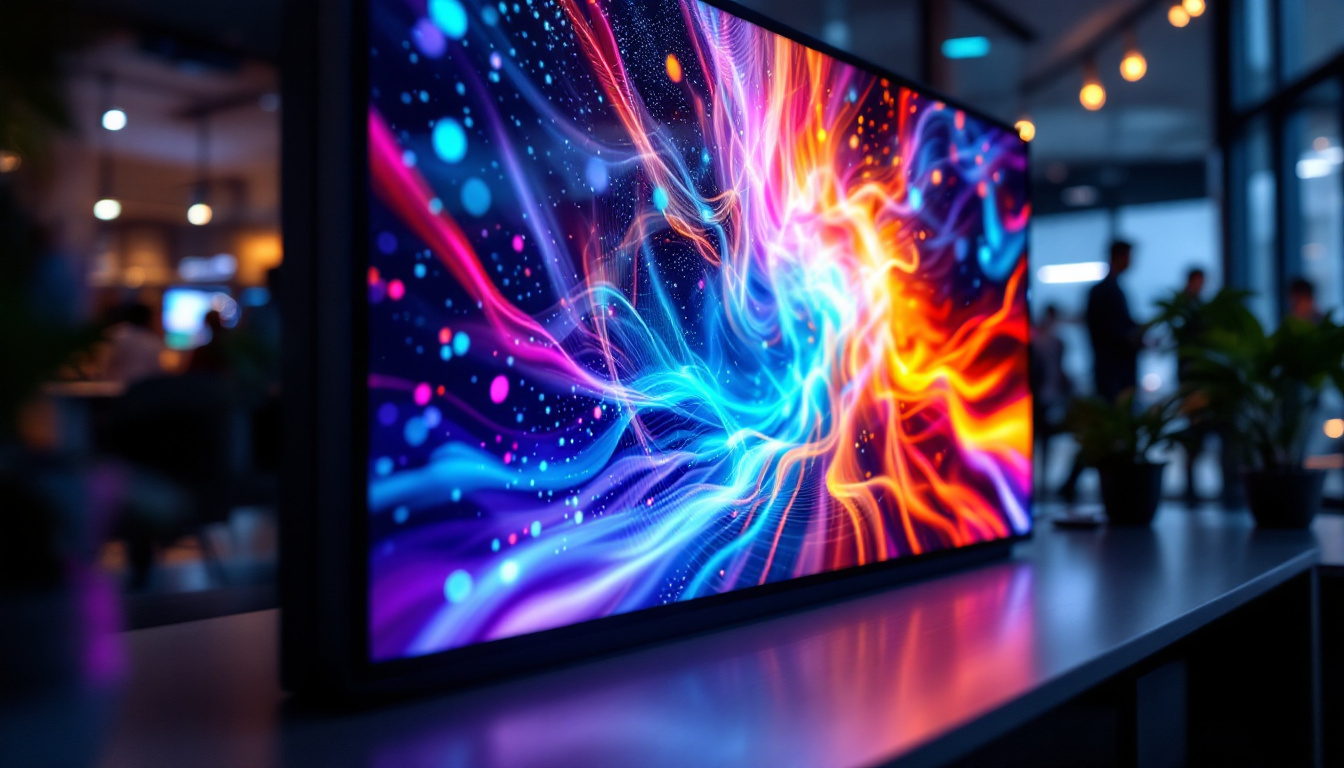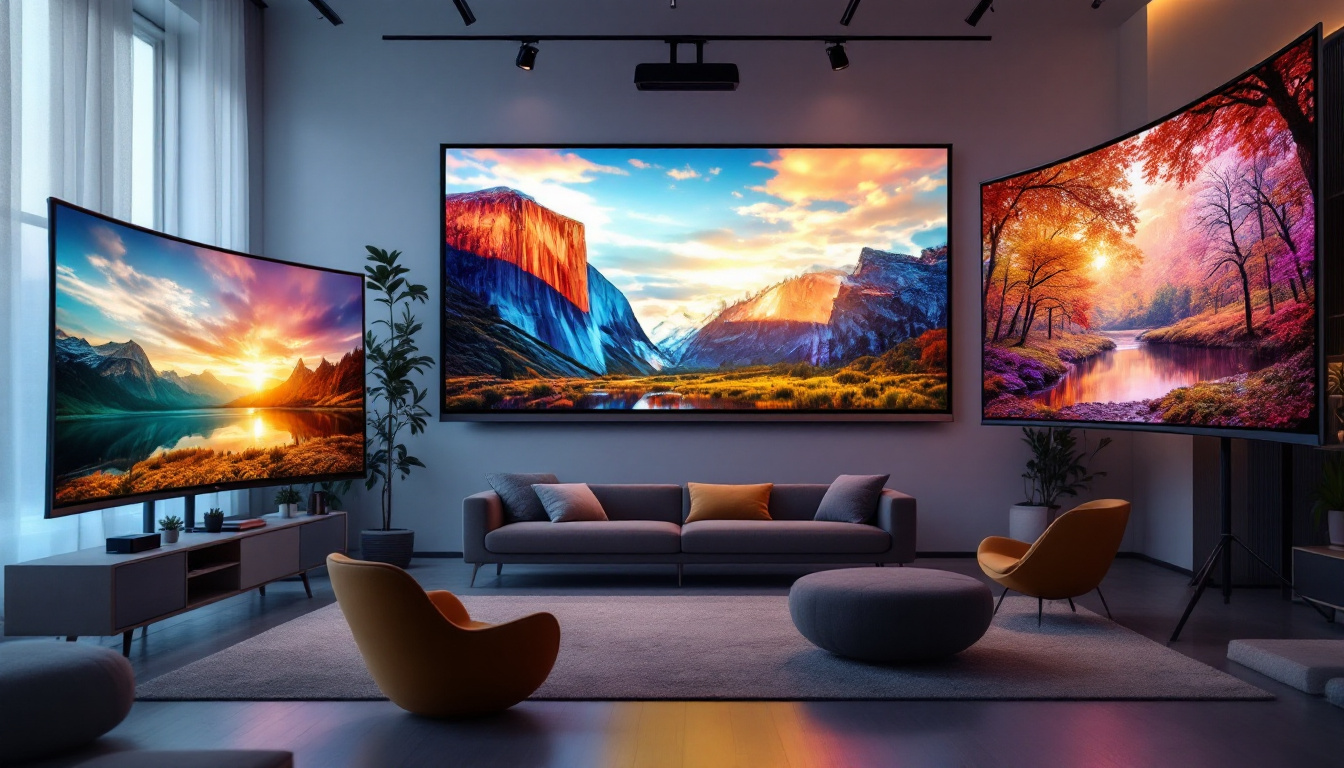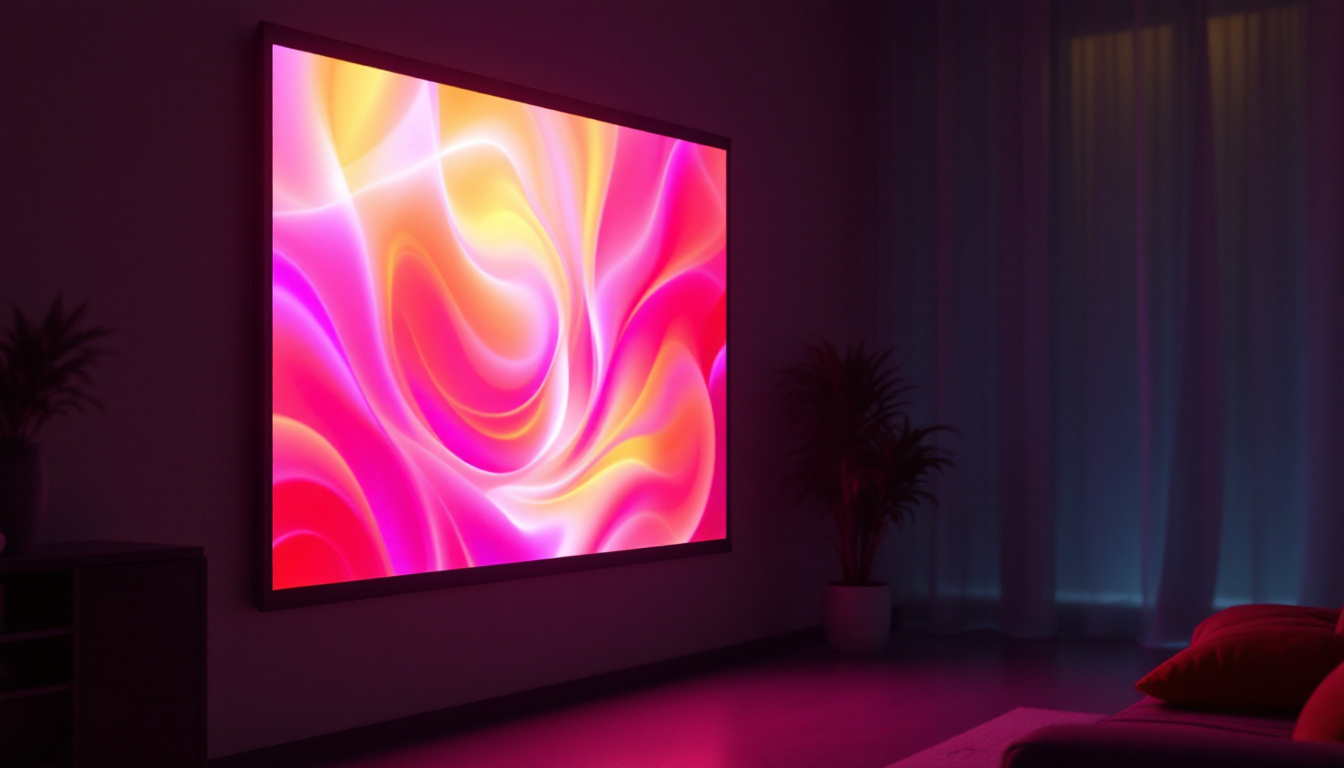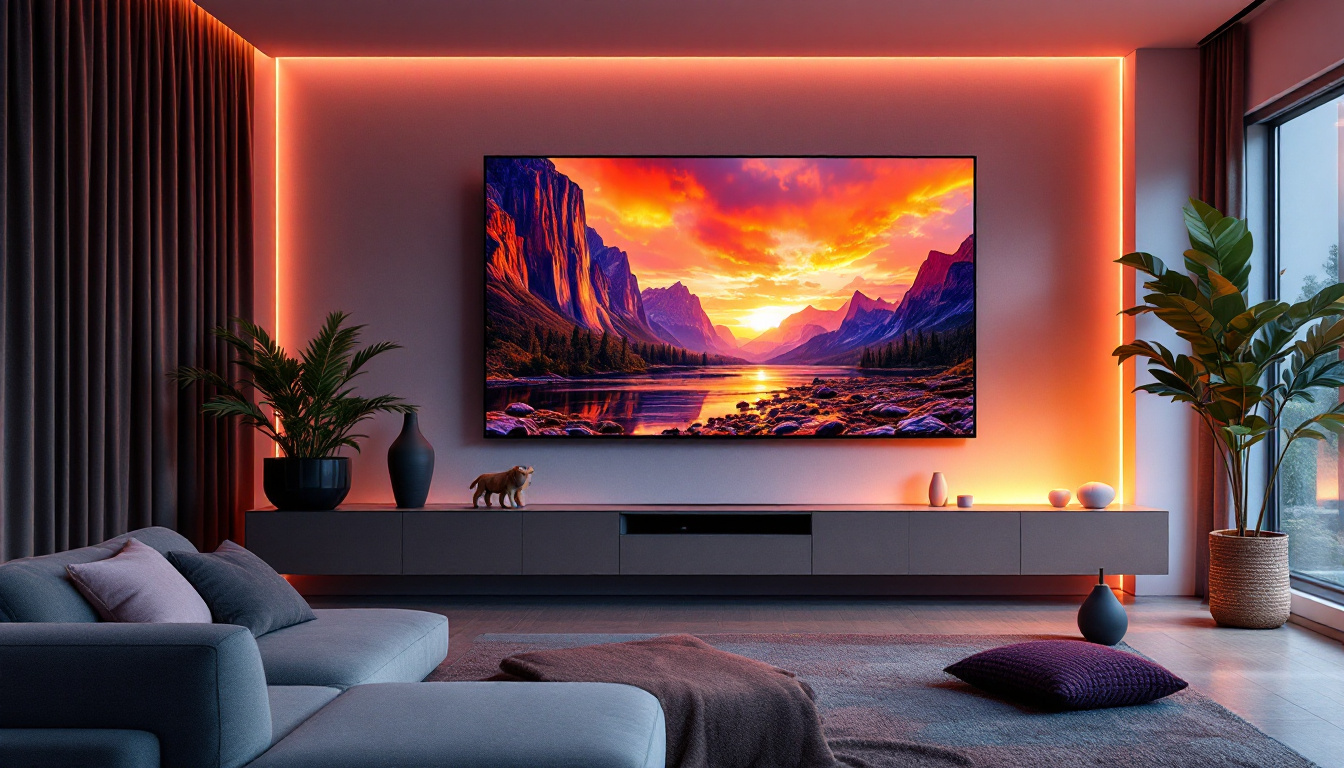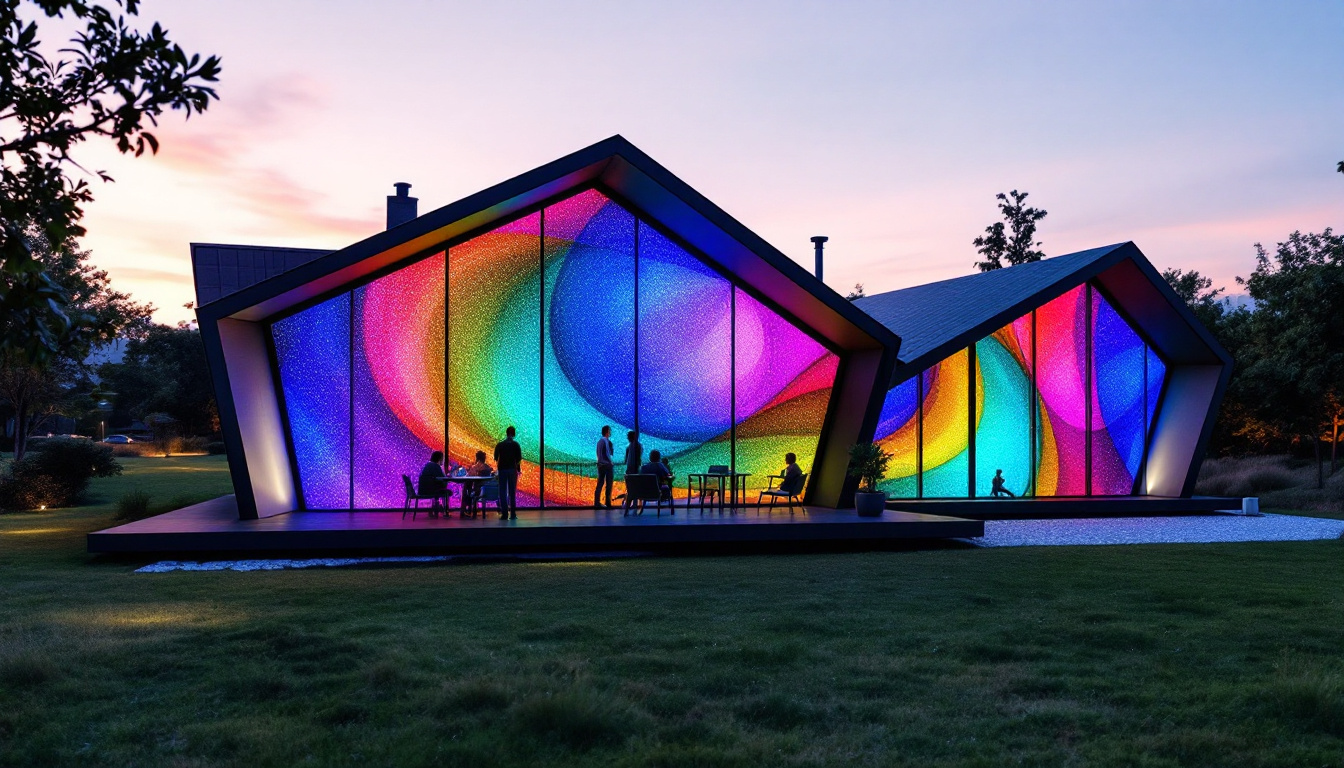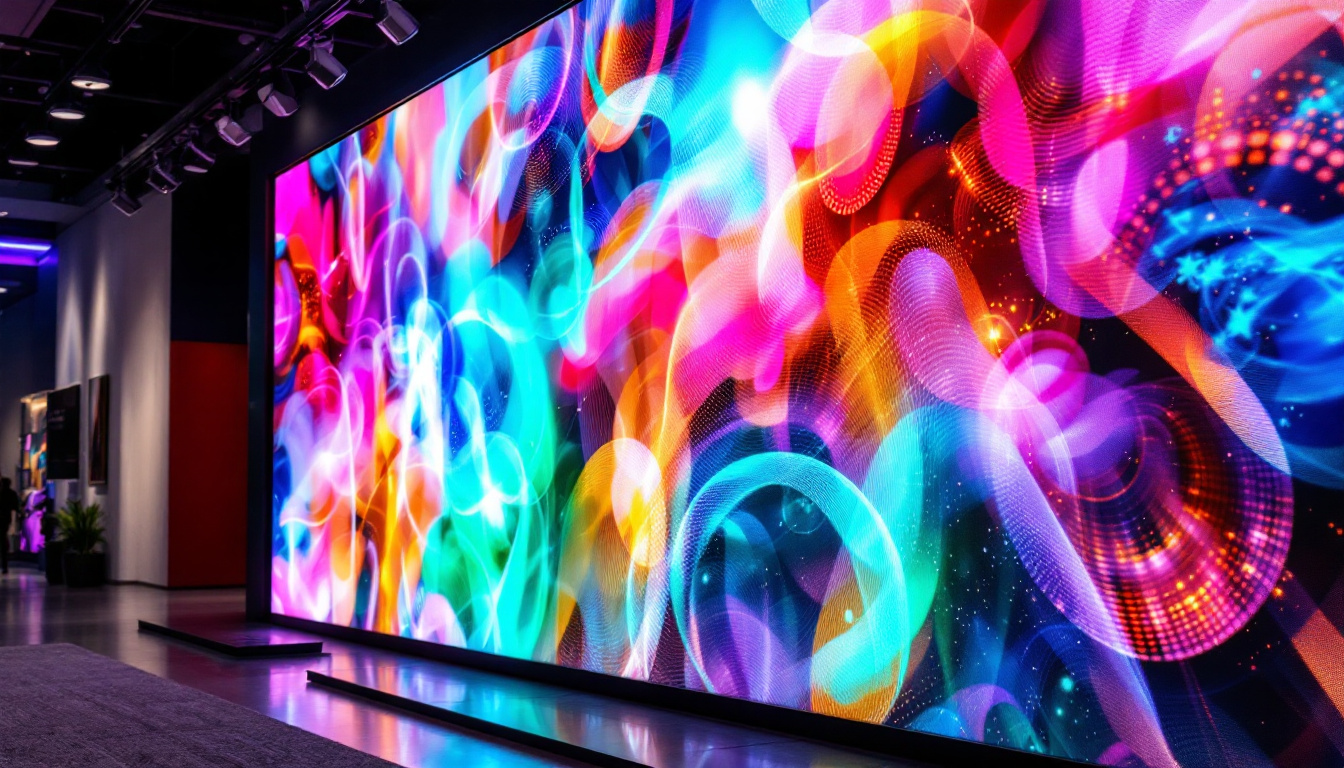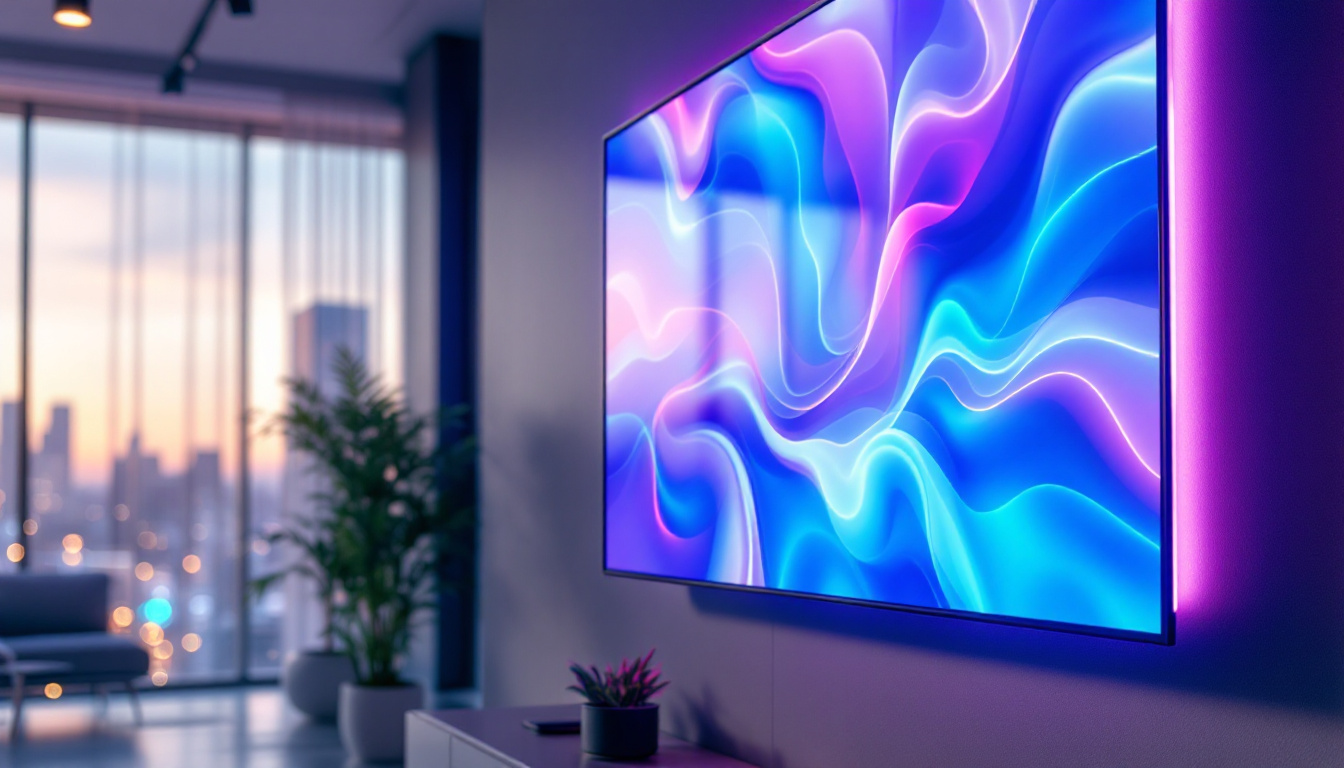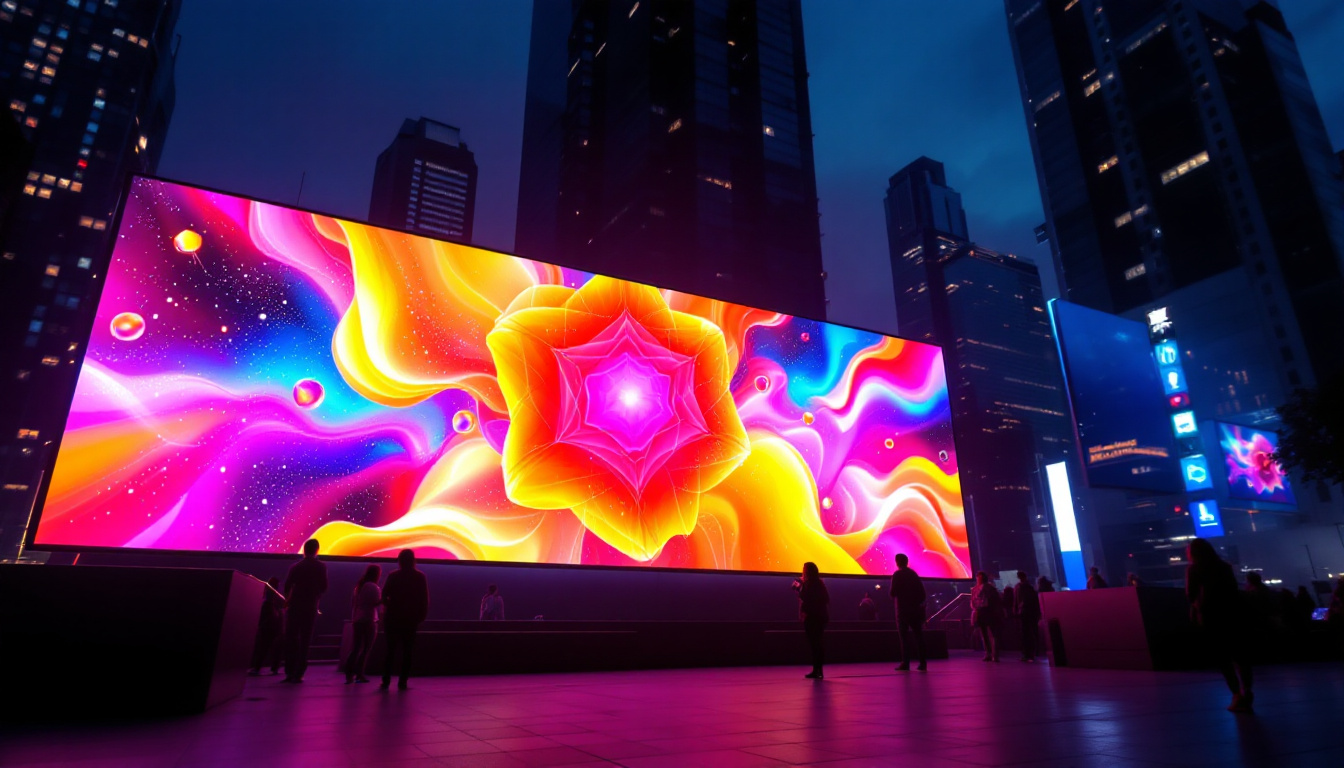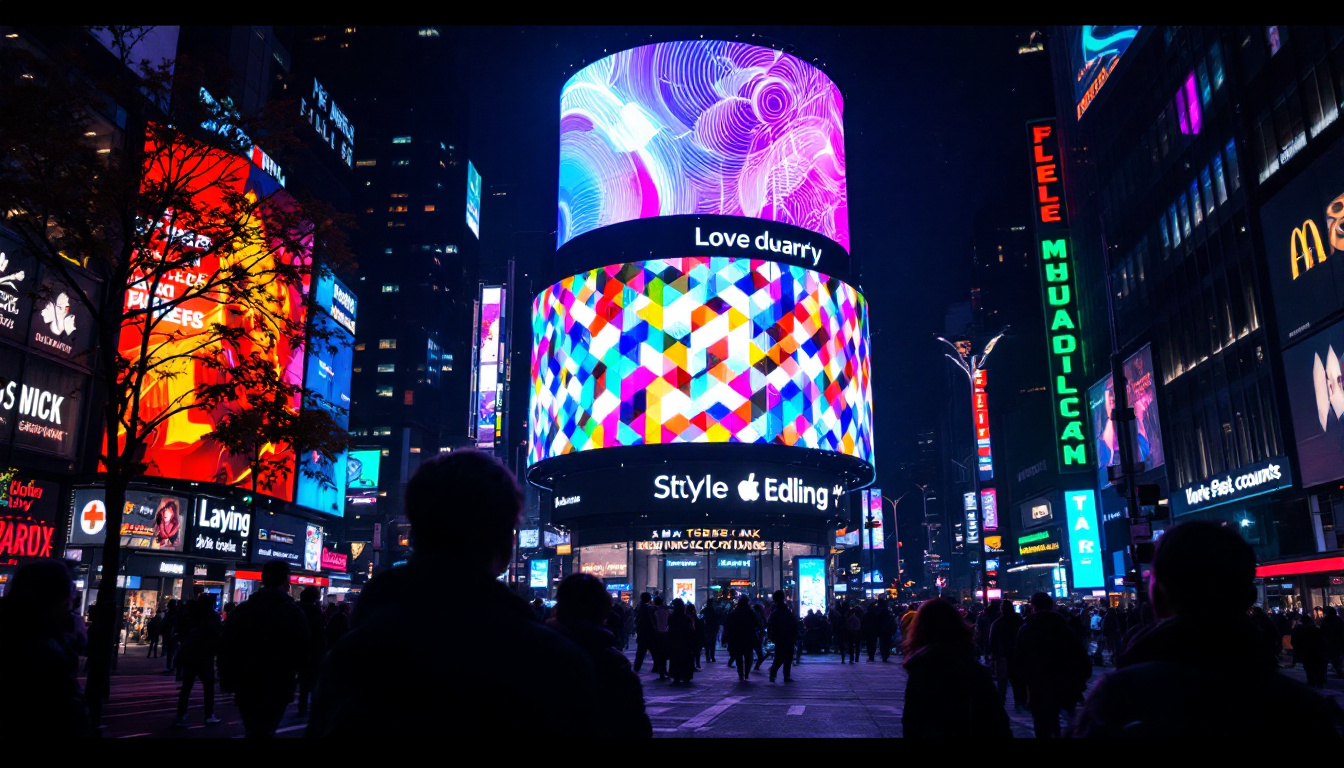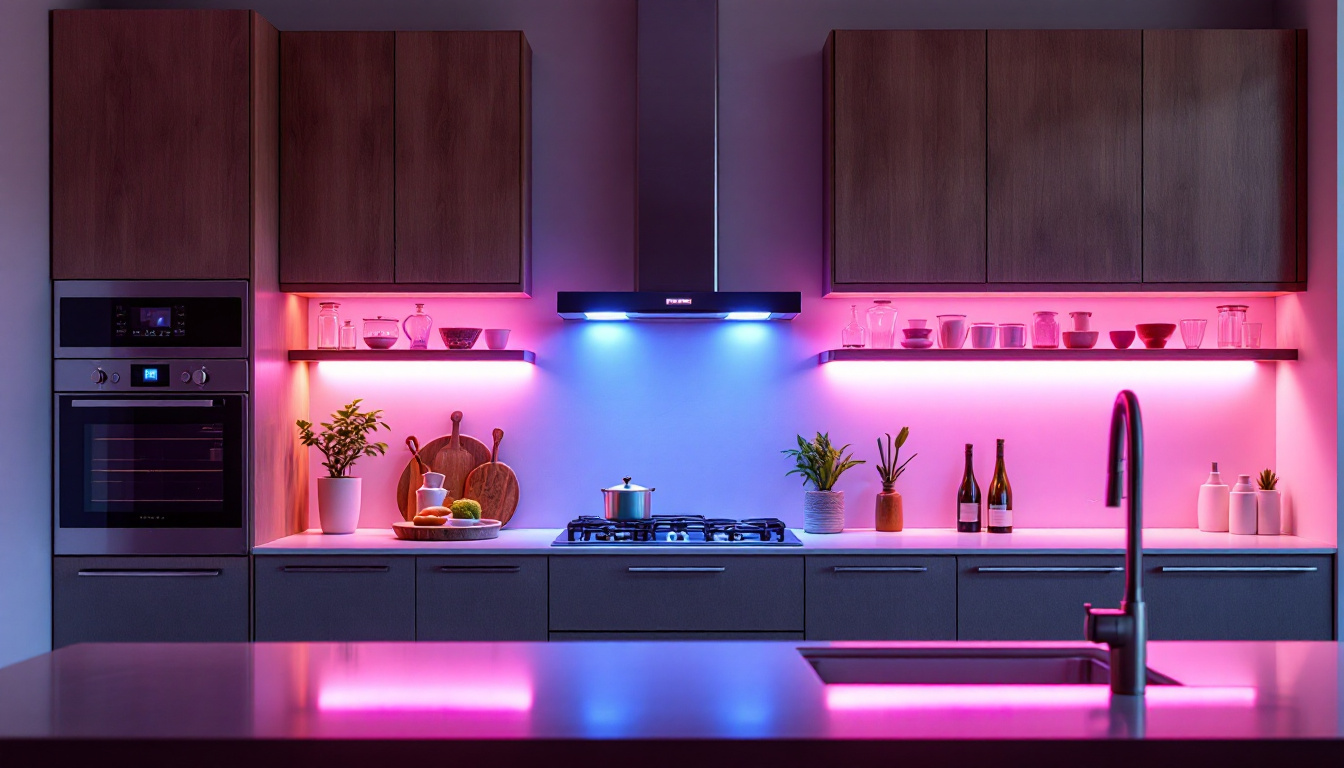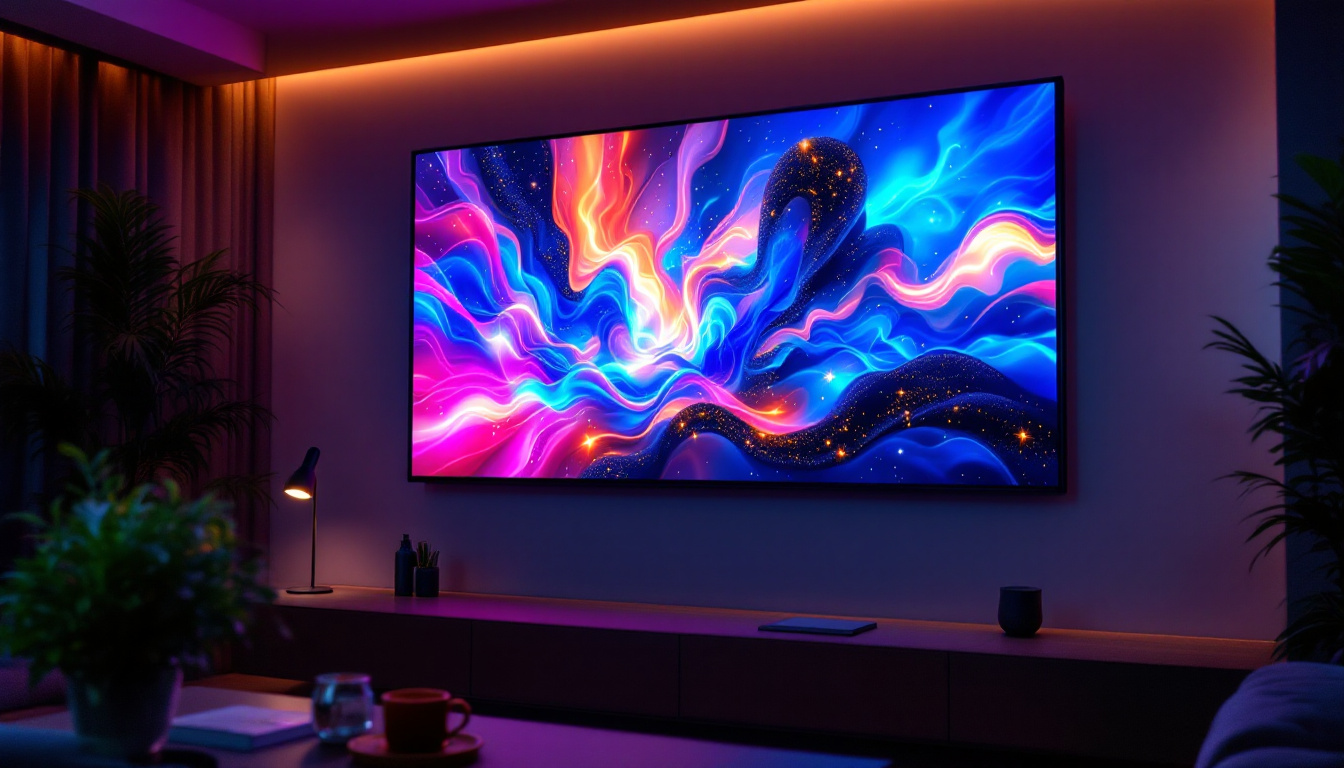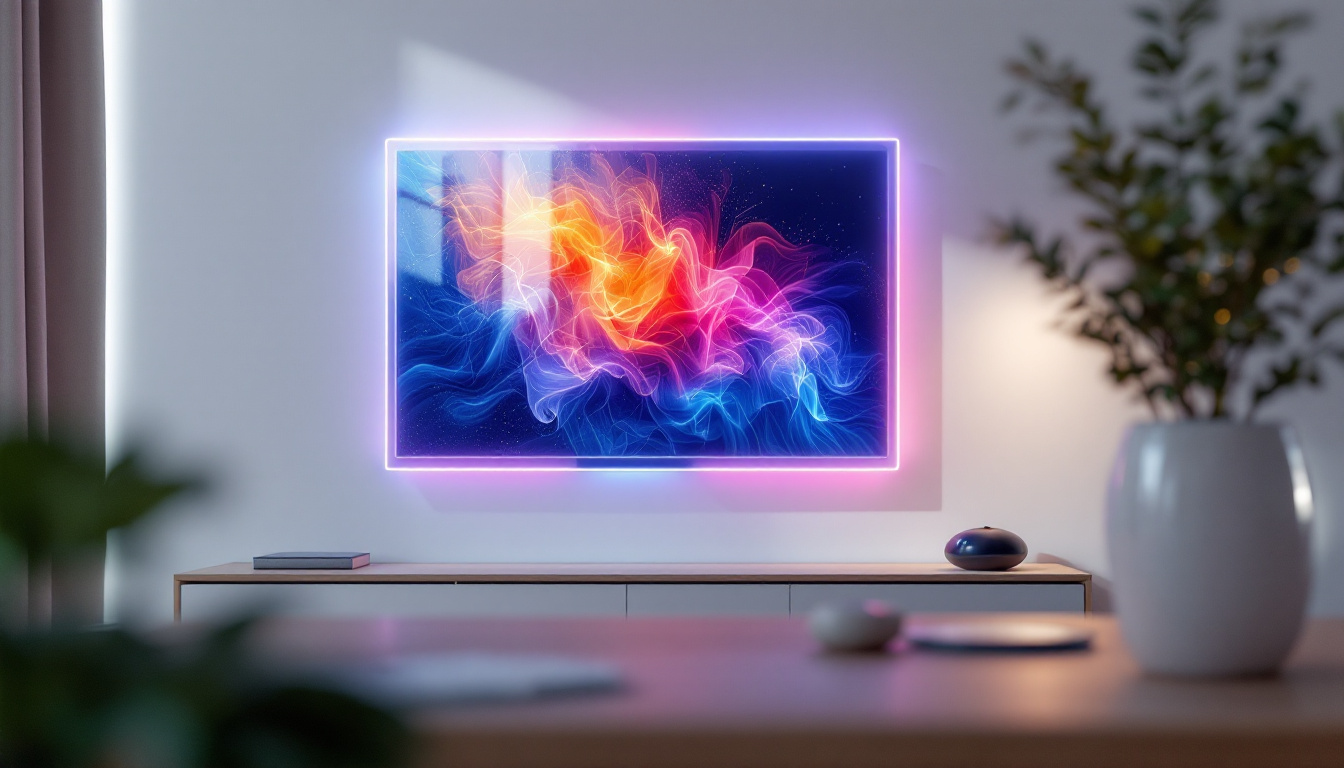In the world of display technology, LCD (Liquid Crystal Display) monitors have become a staple for both personal and professional use. With the advent of LED (Light Emitting Diode) technology, the landscape of LCD monitors has evolved significantly. This article delves into the intricacies of LCD monitors with LED displays, exploring their technology, benefits, and applications.
Understanding LCD Technology
LCD technology utilizes liquid crystals sandwiched between two layers of glass or plastic. These crystals align in response to electric currents, allowing light to pass through and create images. The fundamental principle behind LCDs is their ability to manipulate light rather than generate it, which is a key distinction from other display technologies like OLED. This characteristic makes LCDs particularly suitable for a wide range of applications, from televisions and computer monitors to smartphones and tablets. The versatility of LCD technology has contributed to its widespread adoption in both consumer and professional markets.
How LCD Works
In an LCD monitor, a backlight illuminates the liquid crystals. The arrangement of these crystals determines how much light is allowed to pass through, thus creating the images seen on the screen. Traditional LCDs use cold cathode fluorescent lamps (CCFL) for backlighting, but with the introduction of LED technology, this has changed markedly. LED backlighting not only enhances the overall picture quality but also allows for thinner and lighter designs, making modern LCD screens more portable and aesthetically pleasing. Furthermore, advancements in technology have led to the development of various types of LCDs, such as IPS (In-Plane Switching) and TN (Twisted Nematic), each offering unique benefits in terms of viewing angles and response times, catering to different user needs.
The Role of Backlighting
Backlighting is crucial for the performance of an LCD monitor. It not only affects brightness but also influences color accuracy and energy consumption. LED backlighting provides several advantages over traditional CCFLs, including improved brightness, better color reproduction, and lower power consumption. Additionally, the ability to control the intensity of the backlight in local dimming zones can enhance contrast ratios, making dark scenes appear deeper and more vibrant. This feature is particularly beneficial for watching movies or playing video games, where dynamic lighting can significantly enhance the viewing experience. As technology continues to evolve, innovations such as mini-LED and micro-LED backlighting are emerging, promising even greater improvements in display quality and energy efficiency, further solidifying LCD’s place in the ever-competitive display market.
LED Backlighting Explained
LED backlighting has revolutionized the way LCD monitors operate. By replacing CCFLs with LEDs, manufacturers have enhanced the overall performance of LCD displays. This section explores the different types of LED backlighting and their implications for display quality.
Types of LED Backlighting
There are primarily two types of LED backlighting used in LCD monitors: edge-lit and full-array. Edge-lit LED displays have LEDs positioned along the edges of the screen, while full-array displays have a grid of LEDs behind the entire screen. Each type has its own set of advantages and drawbacks.
Edge-Lit vs. Full-Array
Edge-lit monitors tend to be thinner and lighter, making them a popular choice for sleek designs. However, they may suffer from uneven brightness and less effective local dimming. On the other hand, full-array LED monitors provide more uniform brightness and better contrast ratios, but they are generally bulkier and more expensive.
In addition to these primary types, there are variations within each category that can further influence performance. For instance, some edge-lit displays utilize advanced technologies like dynamic contrast enhancement, which adjusts brightness levels based on the content displayed, helping to mitigate some of the inherent drawbacks. Full-array displays, on the other hand, may incorporate local dimming zones that allow for deeper blacks and improved color accuracy by selectively dimming parts of the screen that are displaying darker images.
Moreover, the choice between edge-lit and full-array can also depend on the intended use of the monitor. Gamers and graphic designers often prefer full-array displays for their superior color reproduction and contrast, while casual users may find edge-lit monitors perfectly adequate for everyday tasks such as browsing and streaming. As technology continues to evolve, hybrid models that combine the best features of both types are emerging, offering users even more options to enhance their viewing experience.
Benefits of LCD Monitors with LED Displays
The integration of LED technology into LCD monitors has led to numerous benefits that enhance user experience. Understanding these advantages can help consumers make informed decisions when purchasing a monitor.
Improved Energy Efficiency
One of the standout benefits of LED displays is their energy efficiency. Compared to traditional CCFL backlit monitors, LED monitors consume significantly less power. This not only reduces electricity bills but also contributes to a lower carbon footprint, making them a more environmentally friendly option.
Enhanced Color Accuracy
LED backlighting allows for a broader color gamut, resulting in more vibrant and accurate colors. This is particularly beneficial for graphic designers, photographers, and anyone who relies on precise color representation. The improved color accuracy can make a substantial difference in visual projects, ensuring that what is seen on the screen closely matches the intended output.
Better Contrast Ratios
Contrast ratio refers to the difference between the darkest and lightest parts of an image. Monitors with LED backlighting typically offer better contrast ratios compared to their CCFL counterparts. This means deeper blacks and brighter whites, contributing to a more immersive viewing experience, especially in darker environments.
Applications of LCD Monitors with LED Displays
LCD monitors with LED displays are versatile and find applications across various fields. Their adaptability makes them suitable for different environments, from home offices to professional studios.
Gaming
In the gaming world, the demand for high-quality displays is paramount. LED-backlit LCD monitors provide fast response times and high refresh rates, which are essential for an enjoyable gaming experience. Gamers benefit from the improved color accuracy and contrast ratios, which enhance the overall visual experience.
Professional Use
For professionals in fields such as graphic design, video editing, and photography, an accurate display is crucial. Monitors equipped with LED backlighting offer the precision needed to edit images and videos effectively. The ability to reproduce colors accurately ensures that the final product meets the highest standards.
Home Entertainment
In the realm of home entertainment, LED-backlit LCD monitors have become increasingly popular for watching movies and streaming content. The combination of vibrant colors and high contrast ratios enhances the viewing experience, making it more enjoyable for users. Additionally, many modern monitors support high-definition resolutions, further elevating the home cinema experience.
Choosing the Right LCD Monitor with LED Display
When selecting an LCD monitor with an LED display, several factors should be considered. Understanding these elements can help consumers find the best monitor for their needs.
Screen Size and Resolution
The size and resolution of the monitor are critical aspects to evaluate. Larger screens with higher resolutions provide more screen real estate and sharper images. For general use, a 24-inch monitor with a Full HD (1920×1080) resolution is often sufficient. However, for professional applications or gaming, a 27-inch or larger monitor with a 4K resolution may be more appropriate.
Refresh Rate and Response Time
For gamers and professionals who work with fast-moving visuals, refresh rate and response time are essential specifications. A higher refresh rate (such as 144Hz) allows for smoother motion, while a lower response time (measured in milliseconds) reduces motion blur. These factors are particularly important for competitive gaming and high-speed video editing.
Connectivity Options
Modern monitors come equipped with various connectivity options, including HDMI, DisplayPort, and USB-C. Ensuring that the monitor has the appropriate ports for your devices is essential for seamless integration. Additionally, some monitors offer built-in USB hubs, which can be convenient for connecting peripherals.
Future Trends in LCD and LED Technology
The display technology landscape is continuously evolving. As consumers demand higher quality and more efficient displays, manufacturers are innovating to meet these needs. This section discusses some of the future trends in LCD and LED technology.
Mini LED and Micro LED
Mini LED and Micro LED technologies are emerging as the next steps in display evolution. Mini LED uses smaller LEDs for backlighting, allowing for more precise control over local dimming and improved contrast ratios. Micro LED, on the other hand, eliminates the need for a backlight entirely, as each pixel emits its own light. This technology promises even better color accuracy and energy efficiency.
Quantum Dot Technology
Quantum dot technology is another trend gaining traction in the display market. By using semiconductor nanocrystals, quantum dots can enhance color reproduction and brightness. This technology can be integrated with both LCD and LED displays, resulting in monitors that deliver superior visual performance.
Increased Focus on Sustainability
As environmental concerns grow, manufacturers are increasingly focusing on sustainability. This includes using eco-friendly materials, reducing energy consumption, and implementing recycling programs for old monitors. Consumers can expect to see more environmentally conscious products in the future, aligning with global efforts to reduce waste and promote sustainability.
Conclusion
The integration of LED technology into LCD monitors has transformed the way users experience displays. With improved energy efficiency, color accuracy, and contrast ratios, LED-backlit LCD monitors are suitable for a wide range of applications, from gaming to professional use. As technology continues to advance, consumers can look forward to even more innovative features and enhancements in the world of display technology.
When choosing an LCD monitor with LED display, it is essential to consider factors such as screen size, resolution, refresh rate, and connectivity options. By understanding these elements, users can make informed decisions that cater to their specific needs. As the market evolves, staying informed about emerging technologies will ensure that consumers are well-equipped to select the best displays for their requirements.
Discover Cutting-Edge LED Displays with LumenMatrix
Ready to elevate your visual experience with the latest in LED display technology? Look no further than LumenMatrix, a pioneer in crafting LED display modules that bring your content to life. Whether you’re in need of an Indoor LED Wall Display for your business, an Outdoor LED Wall Display for advertising, or any of our specialized solutions like Vehicle LED Displays, LED Sports Displays, and even Custom LED Displays, LumenMatrix has the innovative solutions to meet your needs. Embrace the future of visual communication and check out LumenMatrix LED Display Solutions today to see how we can help you make a lasting impression with clarity and impact.


